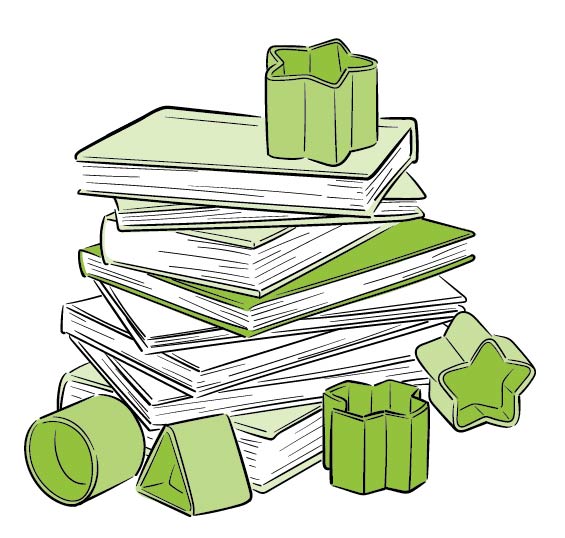It is not the black child’s language that is in question, it is not his language that is despised: it is his experience. A child cannot be taught by anyone who despises him, and a child cannot afford to be fooled.
—James Baldwin
You have reached your article limit
Sign up for a digital subscription and continue reading all new issues, plus our entire archives, for just $1.50/month.
Already a subscriber? Sign in





